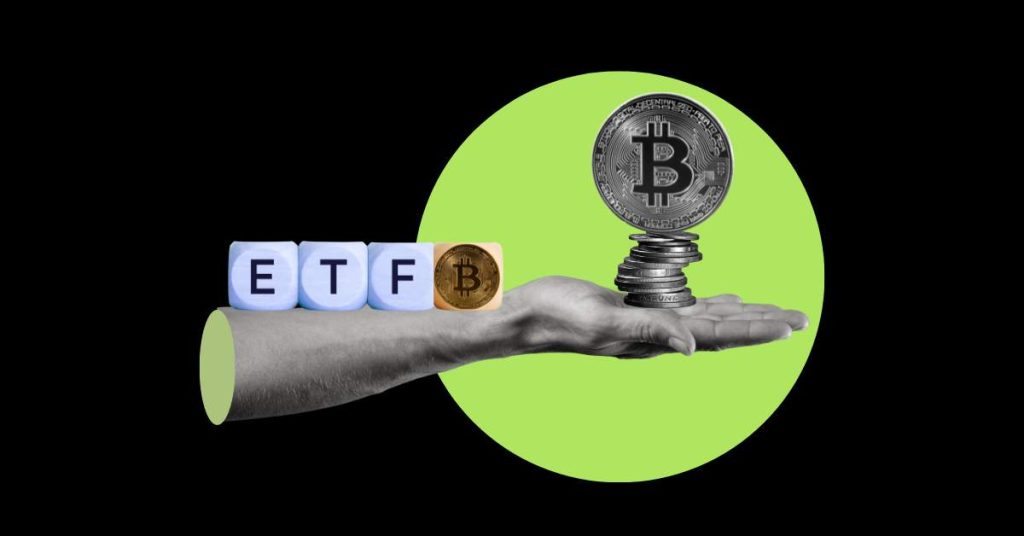
The post How High Will Bitcoin Really Soar? ETF Hype Debunked by Wall Street appeared first on Coinpedia Fintech News
Diving into the world of wealth through ETFs isn’t a quick fix; it’s a calculated journey, a financial waiting game. The current buzz around a potential Bitcoin Exchange Traded Fund (ETF) launch hints at a market on the verge of a $100 billion surge.
But as excitement grows, James Seyffart, Bloomberg’s lead ETF analyst, steps in with a reality check, urging a more practical viewpoint. Let’s break down Seyffart’s take on the ETF hype.
The $100 Billion Dream
While mathematician Fred Krueger reflected on the possible effects of a huge influx with optimism, Seyffart’s cynicism pushed back. Some are wondering what a $100 billion infusion may accomplish after Krueger drew parallels to the impact of a $10 billion inflow in 2021, which drove Bitcoin to its all-time high. Still, Seyffart’s realistic viewpoint highlights how “extreme” this prediction is, drawing a comparison to the long-term success of gold ETFs in the US.
Highlighting the gradual capital accumulation in gold ETFs, Seyffart’s viewpoint offers a more measured outlook. He positions Bitcoin’s hypothetical attainment of a $100 billion inflow as a potential outlier, signaling a significant departure from past capital inflow patterns.
Also Read: Bitcoin Spot ETF: Anthony Scaramucci Predicts January Approval for “Digital Gold”
Regular Investing Gets a Facelift
In response to Seyffart’s X Post, Dave Weisberger, CEO of CoinRoutes highlights two distinct perspectives regarding Bitcoin accessibility and trading conditions for retail investors and institutions.
For regular retail investors, buying Bitcoin now often means paying high fees, usually around 1-2% or even more, especially on phone apps. But there’s a lot of excitement about an upcoming Exchange Traded Fund (ETF) for Bitcoin, promising commission-free trades and much lower fees than 90-95% of what you see on crypto exchanges. This implies that the ETF could potentially offer retail investors a more cost-effective and efficient means to invest in Bitcoin.
Second, he explained why ETFs are more institutionally adopted than gold or other risk assets. Investment businesses and financial advisors rarely trade Bitcoin directly. However, the ETF may make Bitcoin trading easier for them without any regulatory fear.
Facing the Market Reality
Weisberger says there’s a lot of talk about Bitcoin, but when it comes to actually investing, especially among regular investors known as the “YOLO” crowd, the excitement doesn’t seem to match the action. While he fairly agrees with Sayffart that a $100 billion injection might be too much despite all the buzz, the actual amount of buying and investing in Bitcoin might not be as big as people talk about it.
Therefore amidst the ETF excitement, there is still a lot of FUD around Bitcoin’s prospects next year.
This Might Interest You: Top 3 Altcoins Poised for Significant Growth Following ETF Approval

 1 year ago
93
1 year ago
93














 English (US) ·
English (US) ·